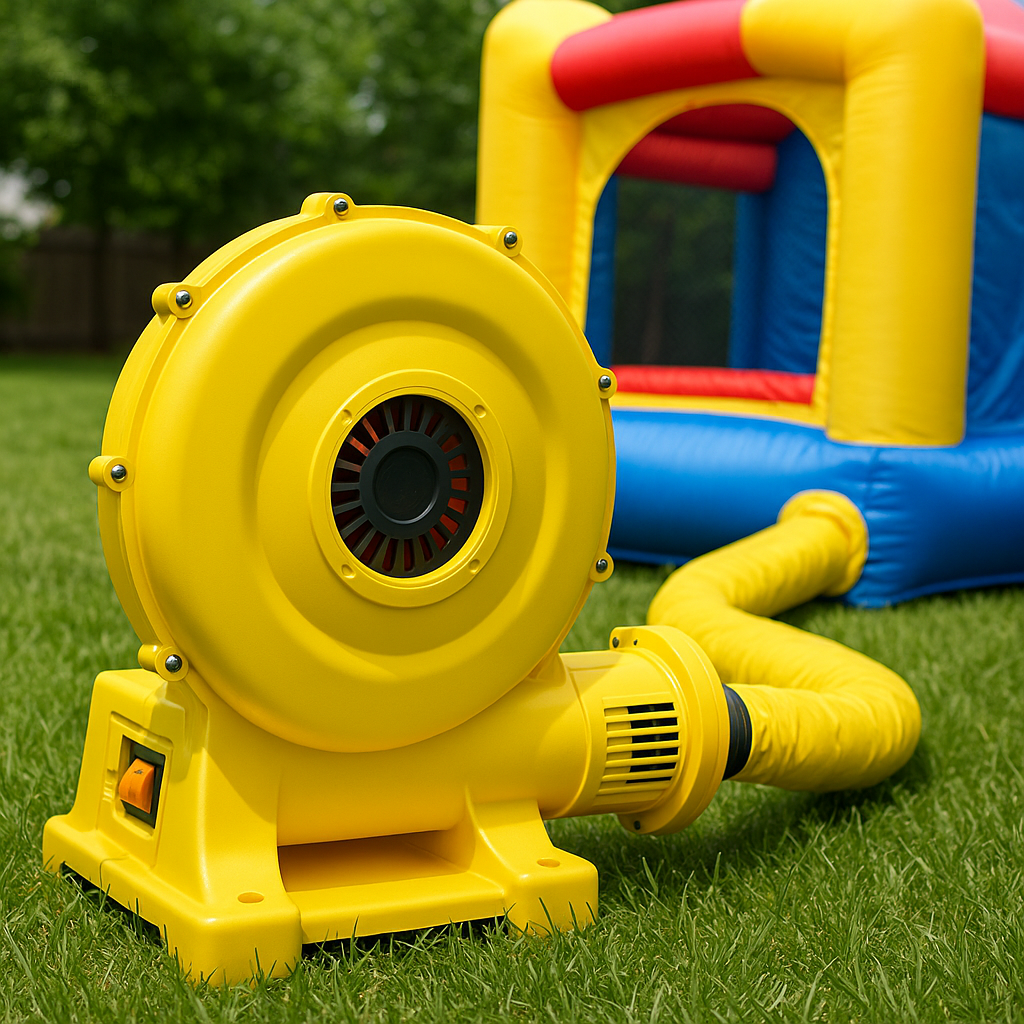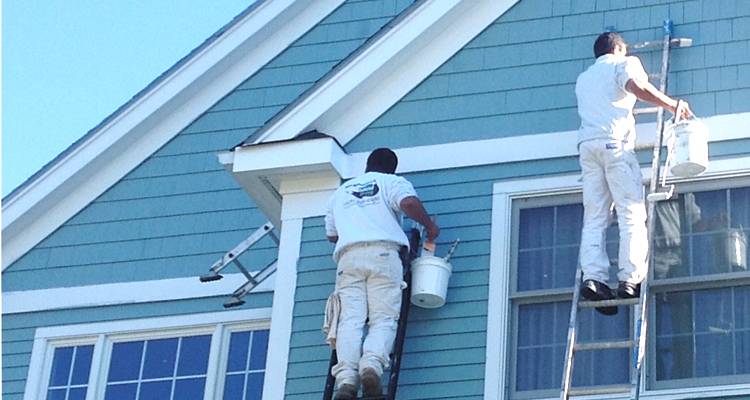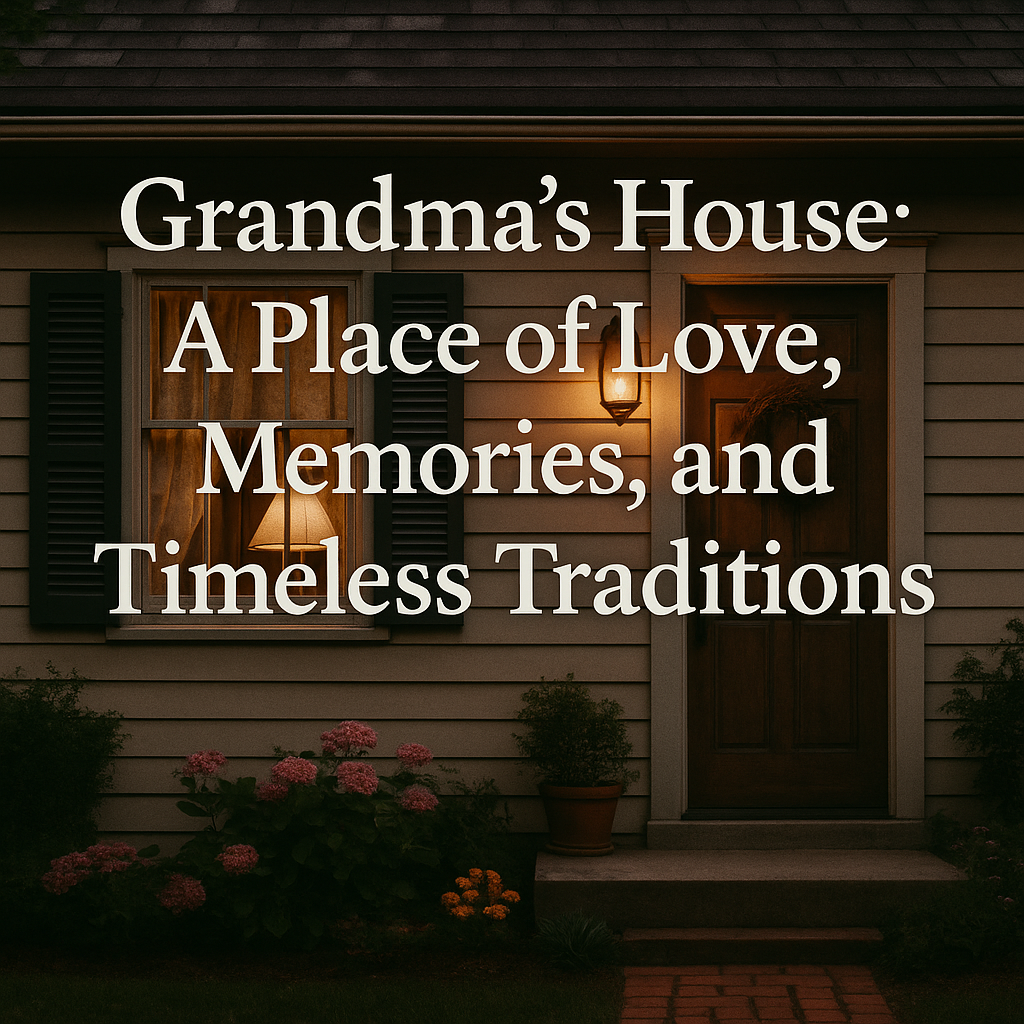Whether you’re hosting a backyard party or running an inflatable rental business, a bounce house blower is essential to keeping the fun alive—literally. These powerful fans are the heartbeat of any inflatable, responsible for keeping bounce houses, inflatable slides, and obstacle courses upright and safe. But not all blowers are created equal. From horsepower and CFM ratings to noise levels and energy efficiency, there’s a lot to consider when choosing the right blower.
In this detailed guide, we’ll explore how bounce house blowers work, what to look for when buying one, and which models are the best on the market today. Whether you’re a parent planning a birthday bash or a rental company aiming for durability and performance, understanding your bounce house blower options is key to long-term success.
What Is a Bounce House Blower?
How Bounce House Blowers Work
A bounce house blower is an electric-powered air pump that continuously pushes air into inflatable structures to keep them firm and functional. Unlike sealed inflatables, bounce houses are not airtight, so air must constantly flow in to maintain inflation while allowing a small amount to escape through seams.
Key Components
- Motor (typically 1–2 horsepower)
- Housing (usually plastic or metal)
- Air intake and output
- Power cord (usually grounded 3-prong)
Choosing the Right Bounce House Blower
1. Size and Power Requirements
Different inflatables require different air volumes. Here’s a general guideline:
| Inflatable Size | Recommended Blower Size |
|---|---|
| Small (Up to 10 ft) | 0.5 – 1 HP |
| Medium (10–15 ft) | 1 – 1.5 HP |
| Large (15+ ft or multi-use) | 2 HP or dual blowers |
2. CFM Rating (Cubic Feet per Minute)
CFM measures airflow. The higher the CFM, the faster the bounce house inflates and stays inflated. Look for:
- 1,000–1,500 CFM for small to medium units
- 2,000+ CFM for commercial-grade inflatables
3. Voltage and Power Supply
Most home-use blowers are rated at 120V, while commercial versions may run on 240V. Always ensure compatibility with your local power grid and outlets.
Top Bounce House Blower Brands
🏆 1. Zoom Blowers
- Best for: Commercial use
- Models: Zoom XLT 2.0 HP, Zoom Max 1.5 HP
- Features: Weather-resistant, high CFM, low amp draw
🏆 2. B-Air
- Best for: Residential and entry-level commercial
- Models: B-Air Kodiak KP-1, KP-1.5
- Features: Lightweight, safety-certified, quiet operation
🏆 3. Little Tikes
- Best for: Backyard parties
- Models: Little Tikes Replacement Blower 1.0 HP
- Features: Compact, plug-and-play, perfect for small bounce houses
Safety Tips for Using Bounce House Blowers
- ✅ Always secure the blower away from water or wet grass.
- ✅ Use a GFCI-protected outlet to avoid electrical hazards.
- ✅ Keep children and pets away from the blower while in operation.
- ✅ Turn off and unplug the blower during high winds or storms.
- ✅ Inspect the power cord regularly for signs of wear.
Maintenance and Longevity
How to Maintain Your Blower
- Clean the air intake weekly with a soft brush.
- Store indoors when not in use to avoid UV damage and rust.
- Check the fan blades for debris or damage after each use.
- Oil the motor bearings if recommended by the manufacturer.
Troubleshooting Common Issues
| Problem | Possible Cause | Fix |
|---|---|---|
| Not turning on | Tripped breaker | Reset or change outlet |
| Weak airflow | Blocked intake | Clear debris or clean filter |
| Overheating | Overuse or poor airflow | Let it cool, check ventilation |
FAQs About Bounce House Blowers
Q: Can I use a regular air pump instead of a blower?
A: No. Bounce houses require continuous airflow, which regular pumps don’t provide.
Q: How long should I run a bounce house blower?
A: As long as the bounce house is in use. Blowers are designed for continuous operation for several hours.
Q: Are bounce house blowers noisy?
A: Most produce 60–80 decibels (similar to a vacuum cleaner). Look for low-noise models if you’re using them in residential settings.
Conclusion
A bounce house blower might seem like a background player in the inflatable fun scene, but it’s the powerhouse that keeps everything afloat—literally. Choosing the right blower means considering power, size, brand reputation, and safety features. Whether you’re a parent, party planner, or rental company, investing in the right equipment ensures safety, durability, and uninterrupted fun.




